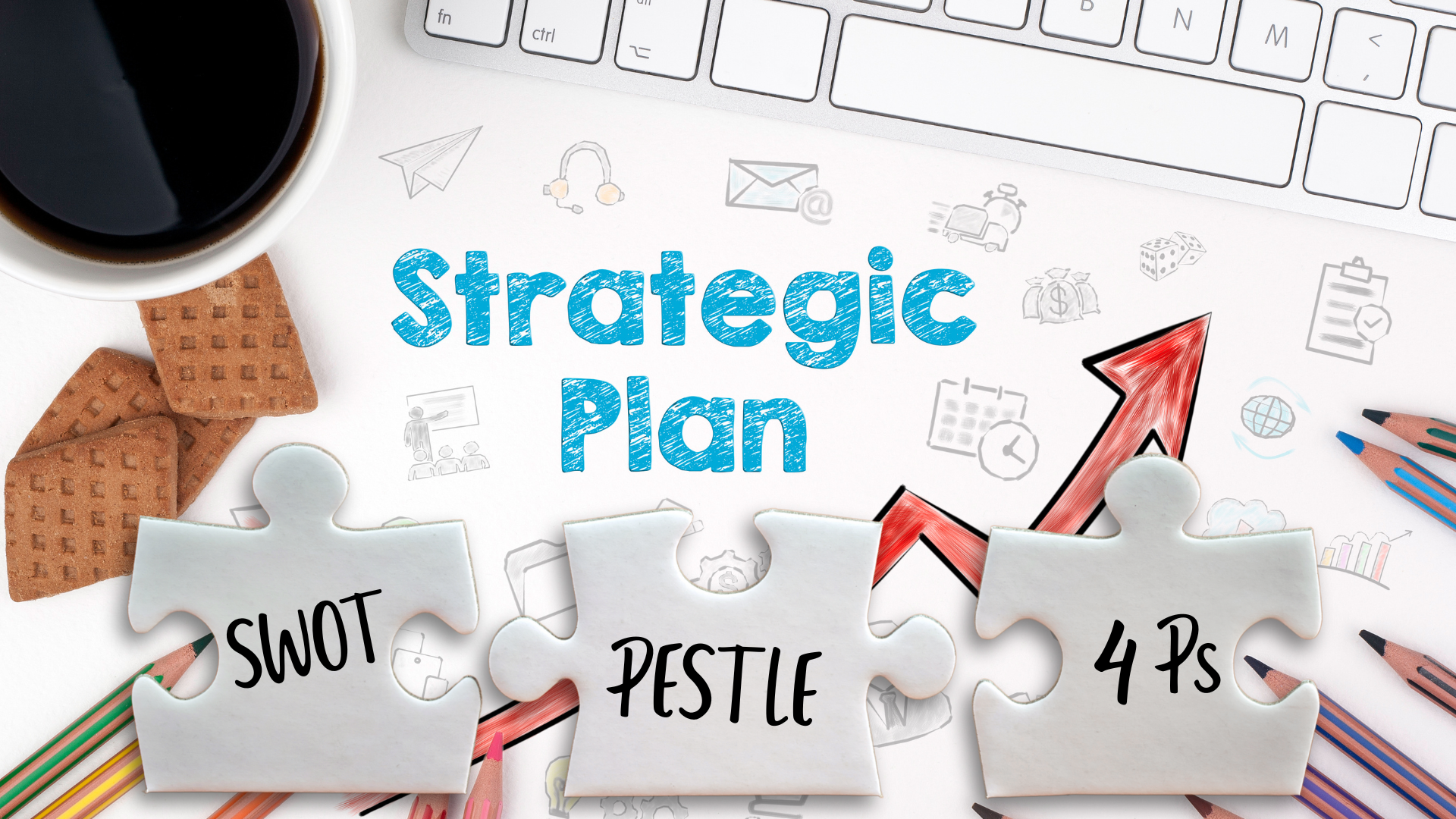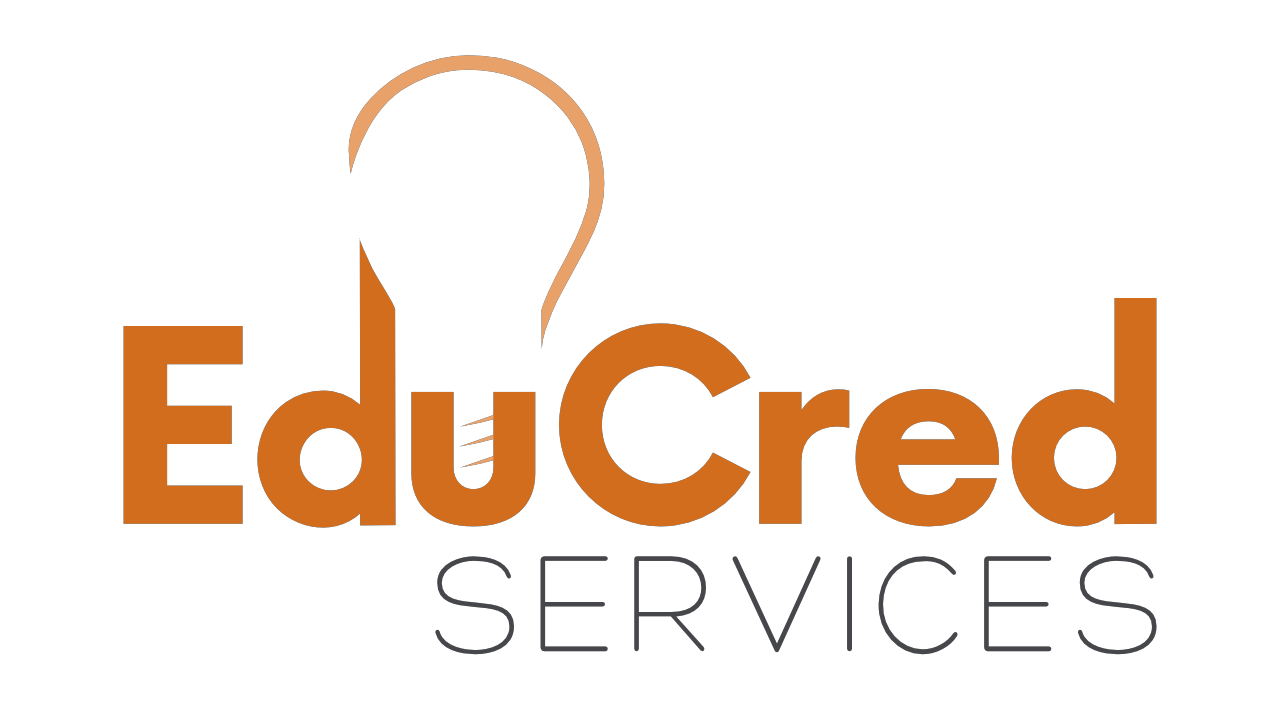
The 7 Biggest Mistakes Institutions Make When Seeking Accreditation
We decided to stop gatekeeping and let you in on the top 7 mistakes new institutions make (it was originally 5, but we’re overachievers here). If you can avoid these, you’ll already be ahead of the curve and less likely to find yourself heading face-first into a compliance brick wall.

SWOT, PESTLE, or 4Ps? Which Framework Should You Use for Your Strategic Plan?
At the heart of any strong strategic plan is a clear, honest understanding of where your institution stands and what it might face in the future. That’s where tools like SWOT, PESTLE, and the 4Ps come in. In this blog, we’ll walk through how to choose the right tools (spoiler: use all three), and give you practical, not-boring tips on how to actually use them to make smart, mission-aligned decisions.

For the LUV of Culture: What Southwest Airlines Can Teach Higher Ed About Change
Both airlines and institutions navigate complex, people-centered systems in a world of rising expectations and tightening margins. Higher education has an opportunity to learn from this trajectory that change is not an existential threat but an opportunity, if done for the right reasons. The goal isn’t to become unrecognizable; it’s to be resilient and responsive while remaining true to the mission.

Unhack Your Summer: Why Real Rest Beats “Productivity Hacks” Every Time
Should you wake up at 4 AM, meditate for two hours, jump in your infrared sauna, spend an hour in your sensory deprivation tank, and then blend up a smoothie made with kelp harvested from your very own aquatic garden? I don’t know, maybe. But is that advice coming from a single person with no kids, a home gym, a personal chef, and a team of assistants?

Anatomy of a Commencement Address: Communication Lessons from a Frog
Kermit didn’t try to reinvent himself for the stage. He just leaned into what he always does best: connect. For institutions, that’s the goal too. Say what you mean. Mean what you say. And keep saying it in ways that sound like you. Because when your message feels steady and familiar, people trust it—and that’s what makes it powerful.

